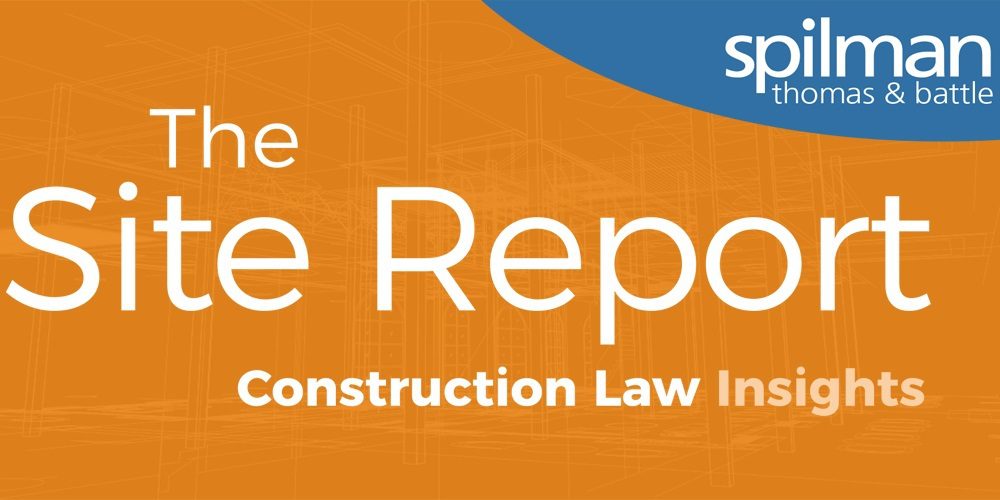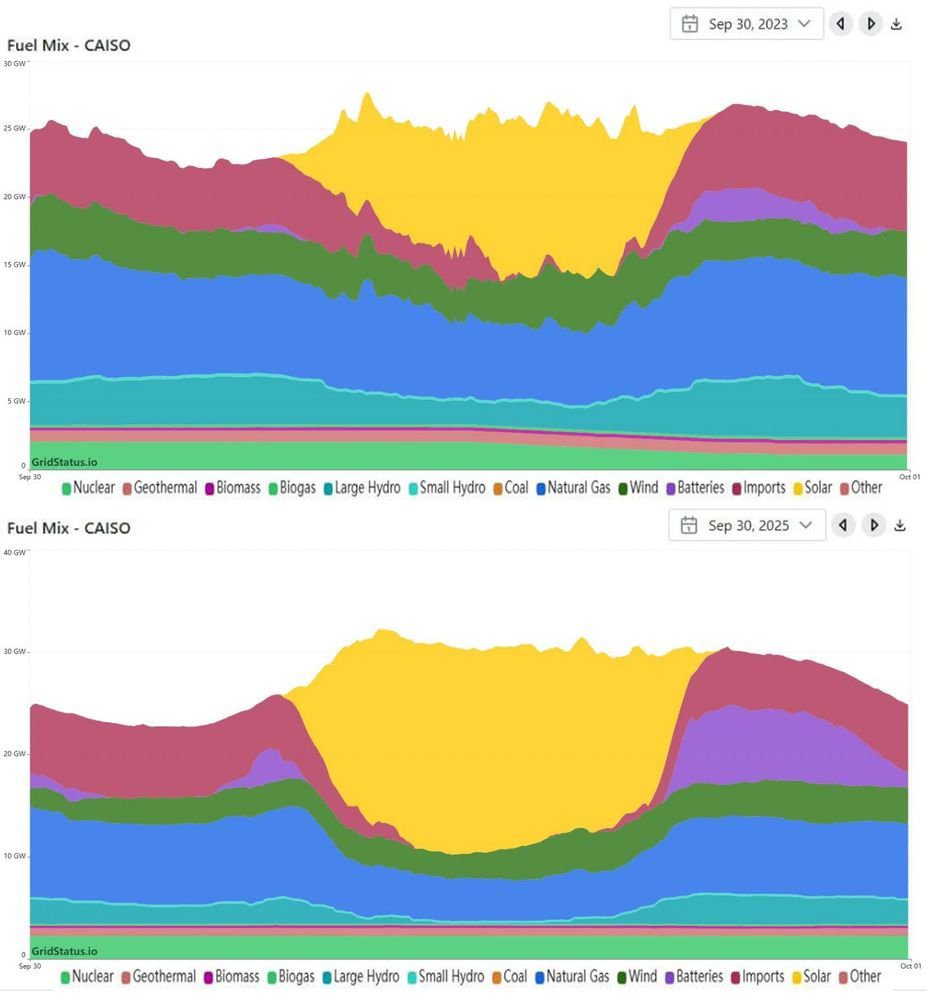4 Economic Events That Could Affect Your Portfolio This Week, July 14-18, 2025 – TipRanks

Weekly Economic Report and Sustainable Development Goal (SDG) Analysis
Market Performance Overview: Week of July 14, 2025
Major stock indexes concluded the week with losses, reversing earlier gains due to renewed concerns over international trade policies. The downturn reflects market sensitivity to economic measures that impact global cooperation and economic stability.
- S&P 500 (SPX): -0.31%
- Nasdaq-100 (NDX): -0.38%
- Dow Jones Industrial Average (DJIA): -1.02%
Impact of International Trade Policies on Global Partnerships and Economic Stability
Analysis of Recent Tariff Impositions
Investor sentiment was negatively affected by the announcement and imposition of several new tariffs on U.S. imports. These protectionist measures represent a significant challenge to integrated global supply chains and international economic cooperation.
- A 35% tariff was imposed on Canadian imports not covered by the U.S.-Mexico-Canada Agreement (USMCA).
- Tariffs ranging from 20% to 50% were announced for more than 20 trading partners, effective August 1.
- A 50% tariff on copper imports raises concerns about rising costs for industrial and construction sectors.
- Following the breakdown of trade negotiations, a 30% levy was announced for all imports from the European Union and Mexico.
Implications for Sustainable Development Goals
These trade policies have direct and indirect consequences for several SDGs.
- SDG 17 (Partnerships for the Goals): The unilateral imposition of tariffs and the failure of trade negotiations directly contravene the principles of global partnership and cooperation essential for achieving the 2030 Agenda.
- SDG 8 (Decent Work and Economic Growth): The tariffs introduce stagflationary risks, potentially depressing economic growth while driving up inflation. This threatens the stable and inclusive economic growth targeted by SDG 8.
- SDG 9 (Industry, Innovation, and Infrastructure): Tariffs on key industrial materials, such as copper, can increase the cost of infrastructure development and hinder industrial productivity, affecting progress toward resilient infrastructure and sustainable industrialization.
- SDG 10 (Reduced Inequalities): Should the cost of tariffs be passed on to consumers, the resulting price inflation could disproportionately impact low-income households, exacerbating inequality by reducing their purchasing power.
Domestic Fiscal Policy and its Contribution to SDG 8
The “One Big Beautiful Bill” (OBBB) Fiscal Package
As a potential countermeasure to tariff-induced economic headwinds, a new domestic fiscal package has been approved. The Congressional Budget Office (CBO) projects the OBBB will add an average of 0.5% to annual GDP growth over the next decade, primarily through deregulation, tax incentives, and business investment support.
Alignment with SDG 8 (Decent Work and Economic Growth)
The OBBB’s objectives are closely aligned with SDG 8. By aiming to stimulate job creation, encourage private investment, and boost overall GDP, the policy directly supports the goal of promoting sustained, inclusive, and sustainable economic growth, full and productive employment, and decent work for all.
Forthcoming Economic Indicators and their SDG Relevance
Schedule of Key Economic Releases (July 15-18, 2025)
The following economic reports will provide further insight into the state of the economy and its trajectory relative to key Sustainable Development Goals.
- June Consumer Price Index (CPI) – Tuesday, 07/15: This key inflation measure is critical for assessing progress toward SDG 1 (No Poverty) and SDG 10 (Reduced Inequalities), as high inflation erodes the real income and savings of the most vulnerable populations.
- June Producer Price Index (PPI) – Wednesday, 07/16: By measuring input costs for producers, the PPI offers a forward-looking view of inflation and sheds light on the cost structures within supply chains, which is relevant to SDG 12 (Responsible Consumption and Production) and SDG 9 (Industry, Innovation, and Infrastructure).
- June Retail Sales – Thursday, 07/17: This report on consumer spending is a primary indicator of economic vitality. It directly relates to SDG 8 (Decent Work and Economic Growth) by reflecting the strength of economic activity and also provides data on consumption patterns relevant to SDG 12.
- July Michigan Consumer Sentiment Index – Friday, 07/18: Consumer confidence is a crucial driver of economic activity. This index is a key indicator for SDG 8, as positive sentiment often translates into higher spending and investment, fueling economic growth.
Analysis of Sustainable Development Goals in the Article
1. Which SDGs are addressed or connected to the issues highlighted in the article?
-
SDG 8: Decent Work and Economic Growth
The article is fundamentally about economic growth and stability. It discusses factors that influence the economy, such as fiscal packages designed to boost GDP, jobs, and investment. It also covers threats to growth, like the “stagflationary effects” of tariffs, and key metrics like GDP growth, inflation (CPI, PPI), and consumer spending (Retail Sales), all of which are central to SDG 8.
-
SDG 17: Partnerships for the Goals
The article heavily focuses on international trade policies and relationships. It details the imposition of tariffs on multiple trading partners, including Canada, Mexico, and the EU, and references the U.S.-Mexico-Canada agreement (USMCA). These actions directly relate to global partnerships, trade systems, and macroeconomic policy coherence, which are key components of SDG 17.
2. What specific targets under those SDGs can be identified based on the article’s content?
-
Target 8.1: Sustain per capita economic growth in accordance with national circumstances.
The article directly addresses this target by discussing a new fiscal package (OBBB) projected to “add an average of 0.5% to annual GDP growth over the next decade.” It also analyzes potential negative impacts on growth from tariffs, which could “depress growth,” highlighting the ongoing effort and challenges in sustaining economic growth.
-
Target 17.10: Promote a universal, rules-based, open, non-discriminatory and equitable multilateral trading system.
This target is highlighted by its apparent contradiction in the article. The announcement of new tariffs—”35% tariffs on Canadian imports,” tariffs “ranging from 20% to 50% – on more than 20 trading partners,” and a “30% levy on all imports from the [EU] bloc”—describes a move away from an open and non-discriminatory trading system, making the issue central to the discussion.
-
Target 17.13: Enhance global macroeconomic stability, including through policy coordination and policy coherence.
The article discusses the macroeconomic instability that can arise from uncoordinated policies. It notes that tariffs could have “stagflationary effects by depressing growth and driving up inflation.” The interplay between trade policy (tariffs), fiscal policy (the OBBB package), and monetary policy (Federal Reserve decisions) is a core theme, emphasizing the need for policy coherence to maintain economic stability.
3. Are there any indicators mentioned or implied in the article that can be used to measure progress towards the identified targets?
- Annual GDP Growth Rate: The article explicitly mentions that a fiscal package is projected to “add an average of 0.5% to annual GDP growth.” This is a direct indicator for measuring progress towards Target 8.1.
- Tariff Rates: The article specifies several tariff rates being imposed: “35% on Canadian imports,” “20% to 50%” on other partners, and “30% on all imports from the [EU] bloc.” These rates are direct indicators of trade barriers and are relevant for assessing the state of the multilateral trading system under Target 17.10.
- Consumer Price Index (CPI): Mentioned as a key measure of inflation that “reflects price trends across the economy.” Inflation is a critical component of macroeconomic stability (Target 17.13) and affects real economic growth (Target 8.1).
- Producer Price Index (PPI): The article identifies the PPI as a “leading indicator of inflationary pressures.” Like the CPI, it is a crucial metric for monitoring macroeconomic stability (Target 17.13).
- Retail Sales Data: This is described as a “leading indicator of economic health” that measures consumer spending. As spending accounts for “roughly 70% of U.S. GDP,” this indicator is vital for tracking economic activity related to Target 8.1.
4. SDGs, Targets and Indicators Table
| SDGs | Targets | Indicators |
|---|---|---|
| SDG 8: Decent Work and Economic Growth | 8.1: Sustain per capita economic growth in accordance with national circumstances. |
|
| SDG 17: Partnerships for the Goals | 17.10: Promote a universal, rules-based, open, non-discriminatory and equitable multilateral trading system. |
|
| SDG 17: Partnerships for the Goals | 17.13: Enhance global macroeconomic stability, including through policy coordination and policy coherence. |
|
Source: tipranks.com

What is Your Reaction?
 Like
0
Like
0
 Dislike
0
Dislike
0
 Love
0
Love
0
 Funny
0
Funny
0
 Angry
0
Angry
0
 Sad
0
Sad
0
 Wow
0
Wow
0















;Resize=805#)































































